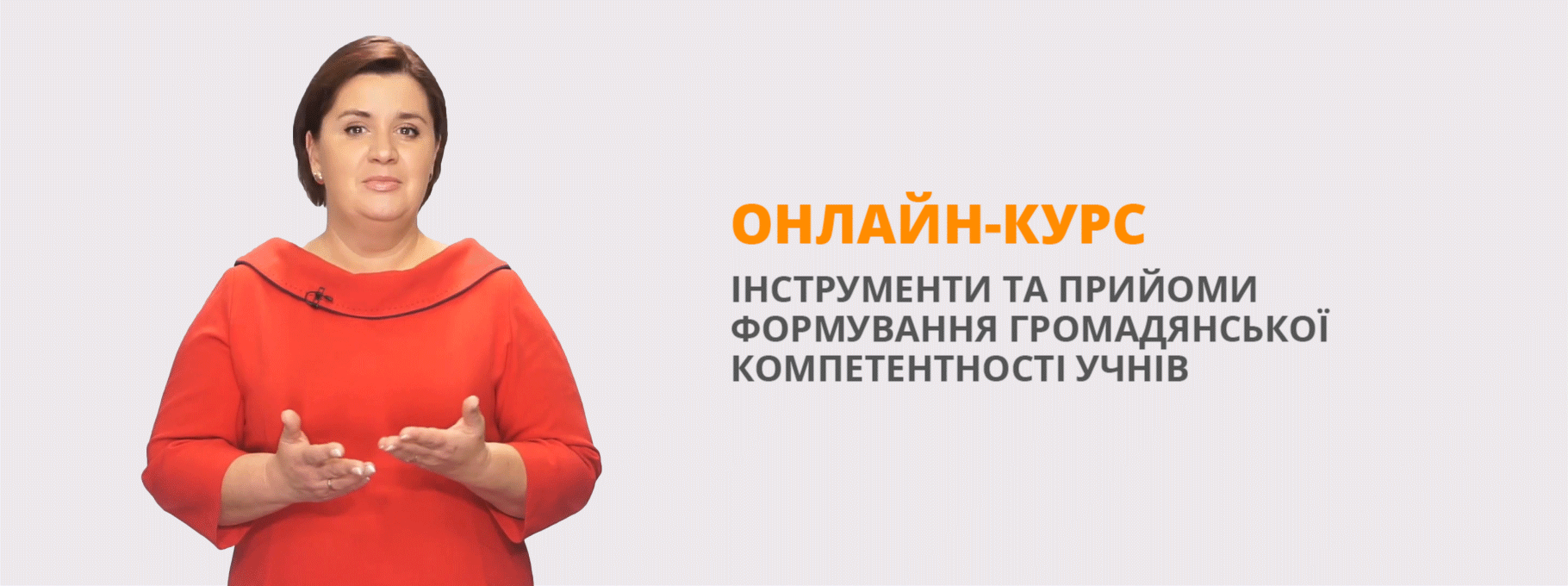4c Int Med Day 2 Pulmonary hypertension
Which one of the following is most accurate about the etiology and epidemiology of Pulmonary Arterial Hypertension?
Which one of the following is more commonly associated with ulmonary Arterial Hypertension?
According to Guidelines for Diagnosis and Treatment of Pulmonary Hypertension from the American College of Cardiology, which one of the following characteristics is suggestive of high risk?
Which one of the following is recommended as an initial screening measure in patients with suspected pulmonary hypertension and right ventricular dysfunction, based on history, physical examination, chest radiography, and ECG?
Which one of the following is most accurate regarding the treatment of PAH?
COPD patient with pulmonary hypertension and acute RHF. Which is TRUE?
In chronic obstructive pulmonary disease (COPD), the variable most closely associated with prognosis is
Unilateral diaphragmatic paralysis causes
A 56-year-old woman is evaluated during an appointment to establish care. She has a developmental delay, and she is known to have pulmonary hypertension due to a congenital cardiac condition. There is no history of cardiac surgery. She is on low-dose aspirin and thyroid replacement therapy.
On physical examination, blood pressure is 110/70 mm Hg, pulse rate is 68/min and regular, and respiration rate is 18/min. BMI is 32. The central venous pressure is elevated with a prominent a wave. The apical impulse is normal. There is a prominent parasternal impulse at the left sternal border. The S1 is normal; the S2 is loud. There is a grade 1/6 holosystolic murmur at the left lower sternal border. The toes demonstrate cyanosis and digital clubbing; her hands appear normal. The remainder of the physical examination is unremarkable.
Which of the following is the most likely cause of this patient's pulmonary hypertension?
Pulmonary hypertension is characterized by which of the following conditions?
What is the connection between pulmonary hypertension and chronic obstructive pulmonary disease (COPD)?
In primary pulmonary hypertension basic abnormality in gene lies in
A 53-year-old woman with a 20-year history of Raynaud's phenomenon develops increasing fatigue and, for the past seven months, progressive dyspnea on exertion. She now must stop and rest while making her bed. She does not have chest pain, dizziness or palpitations. Her only medication is nifedipine, 30 mg/d.
On physical examination, pulse rate is 80/min, respiration rate is 18/min, and blood pressure is 115/78 mm Hg. Jugular venous pressure is not elevated, and there are no abnormal jugular venous waves. Lungs are clear to auscultation. On cardiac examination, the pulmonic component of the S2 is accentuated. There is a grade 2/6 holosystolic murmur heard loudest at the left lower sternal border that increases with inspiration. Skin examination reveals sclerodactyly and digital pitting. There is no lower-extremity edema, and the abdominal examination is unremarkable. Laboratory studies find hemoglobin of 11.3 g/dL (113 g/L), leukocyte count of 5500/µL (5.5 × 109/L), and platelet count of 155,000/µL (155 × 109/L).
Chest radiograph is normal. On pulmonary function testing, forced vital capacity is 82% of predicted, DLCO is 48% of predicted, and FEV1/forced vital capacity is 75%. Echocardio-gram shows normal chamber sizes, and valvular function is normal except for moderate tricuspid regurgitation. There is no pericardial effusion, and the estimated peak right ventricular systolic pressure is 60 mm Hg. On a six-minute walk test, oxygen saturation at rest and after exercise is 98% and 93%, respectively. She is able to walk 1300 ft.
Which of the following is the most appropriate next step in this patient's management?
Mitral stenosis is associated with:
Patients with malignant hypertension may have:

Створюйте онлайн-тести
для контролю знань і залучення учнів
до активної роботи у класі та вдома


















